Showing a Different Way
 Danica McKellar (the actress who played the girl “Winnie” in that show “The Wonder Years” that many of you might remember) has been working to try to encourage young girls to go more for “Cute and Smart”, as opposed to “Cute and Dumb”. Bottom line: Less Lindsay Lohan, and Paris Hilton, and more…. well, Danica. (I’m sure there are other Tinseltown examples here… can I have some help?).
Danica McKellar (the actress who played the girl “Winnie” in that show “The Wonder Years” that many of you might remember) has been working to try to encourage young girls to go more for “Cute and Smart”, as opposed to “Cute and Dumb”. Bottom line: Less Lindsay Lohan, and Paris Hilton, and more…. well, Danica. (I’m sure there are other Tinseltown examples here… can I have some help?).
Danica sets an excellent example of why the two (being considered attractive on the one hand, and smart on the other) are not mutually exclusive, while not suffering from the “geek” or “nerd” label that is attached by the entertainment industry to certain groups of people who enjoy using their brains a lot. She trained as a mathematician, in fact, doing her undergraduate work at UCLA so well that she did rather good published research work (NPR piece here – Update: It is actually more of a theoretical physics problem, it appears). This is from someone who struggled with the subject in sixth grade. Why is she in the news? She’s written a new book “Math Doesn’t Suck”, the aim being to encourage girls to avoid the (social) barriers to getting into mathematics. Excellent title. (I wonder if they’ll change it to “Maths Doesn’t Suck” if they publish it in Britain? “Suck” British kids have adopted from the USA cultural juggernaut, but “Math”? Not yet.)
 Actually, looking at her site, I see that the full title appears to be “Math Doesn’t Suck: How to Survive Middle School Math Without Losing Your Mind or Breaking a Nail”, which is more of a mouthful, a bit less zippy, but oh well. It’s all very Clueless, in a good way. Here’s a link to the book’s site, and it is due out tomorrow.
Actually, looking at her site, I see that the full title appears to be “Math Doesn’t Suck: How to Survive Middle School Math Without Losing Your Mind or Breaking a Nail”, which is more of a mouthful, a bit less zippy, but oh well. It’s all very Clueless, in a good way. Here’s a link to the book’s site, and it is due out tomorrow.
There’s an article1 on her recent Newsweek quote at CNN, from which I grabbed this:
“When girls see the antics of Paris Hilton and Lindsay Lohan, they think that being fun and glamorous also means being dumb and irresponsible,” the 32-year-old McKellar told Newsweek for editions to hit newsstands Monday.
“But I want to show them that being smart is cool,” she said. “Being good at math is cool. And not only that, it can help them get what they want out of life.”
but you should go and read the whole thing, by clicking here. [Update: Much better article here, by Corey Binns in Good Magazine. Extract:
“The book hones in on middle school’s trickiest points-––like fractions, ratios, and percentages—and presents them in a style that’s appropriate for the cool kids’ lunch table. Figure out your “type†in boys and you’ll understand greatest common factors. All of those iced lattes celebrities drink make multiplying fractions tasty. Plus, savvy shopping requires killer decimal skills.”
]
Go Danica!
In other news, I learned2 that particle physicist Lisa Randall (author of the popular book with the curious title “Warped Passages”) appears in Vogue this month. Lisa […] Click to continue reading this post

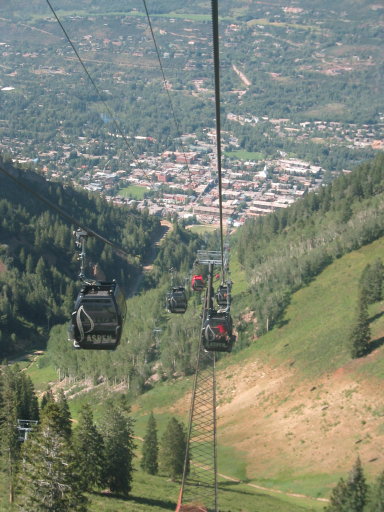
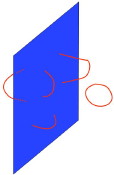

 There’s another article about the search for the Higgs particle, the recent rumour kerfuffle involving the Tevatron, and the upcoming LHC experiment at CERN. (See related articles at bottom of this post.) This time it is in the
There’s another article about the search for the Higgs particle, the recent rumour kerfuffle involving the Tevatron, and the upcoming LHC experiment at CERN. (See related articles at bottom of this post.) This time it is in the  As you may know from some of my earlier writings, I dream of the day when science is just as much a part of the typical person’s conversation as, say, the latest antics of Paris Hilton
As you may know from some of my earlier writings, I dream of the day when science is just as much a part of the typical person’s conversation as, say, the latest antics of Paris Hilton

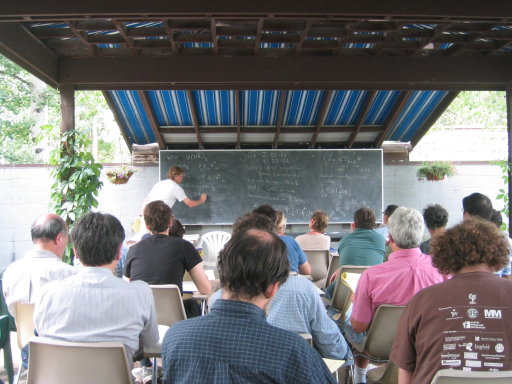
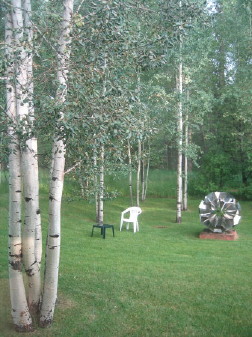
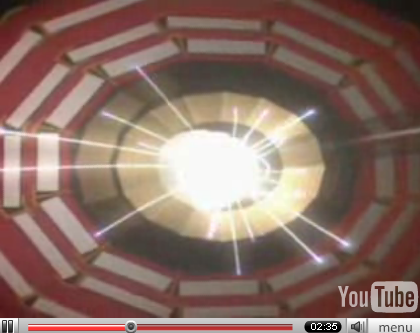 But anyway, where was I? Oh, right. Someone called John Barrowman (apparently one of the stars on those shows? He plays a scientist? I honestly don’t know, but you will, if you’re a fan) took a visit to CERN (the particle physics lab in Europe you often read about here and elsewhere) to better inform himself about the intersection between science and science fiction. One of the resulting jumpy noisy and (reportedly) fun videos can be found on YouTube here. There are some somewhat interesting animations alongside some of the, er…jolly madcap fun, illustrating the physics. Following the particles along the beam-pipe to the collision is not a view I’ve seen before, I’ll admit.
But anyway, where was I? Oh, right. Someone called John Barrowman (apparently one of the stars on those shows? He plays a scientist? I honestly don’t know, but you will, if you’re a fan) took a visit to CERN (the particle physics lab in Europe you often read about here and elsewhere) to better inform himself about the intersection between science and science fiction. One of the resulting jumpy noisy and (reportedly) fun videos can be found on YouTube here. There are some somewhat interesting animations alongside some of the, er…jolly madcap fun, illustrating the physics. Following the particles along the beam-pipe to the collision is not a view I’ve seen before, I’ll admit. I’ve not had time to look at this closely, but there’s been some remarkable news about the possible detection of water in the atmosphere of an extra-solar planet. Wow!
I’ve not had time to look at this closely, but there’s been some remarkable news about the possible detection of water in the atmosphere of an extra-solar planet. Wow!















